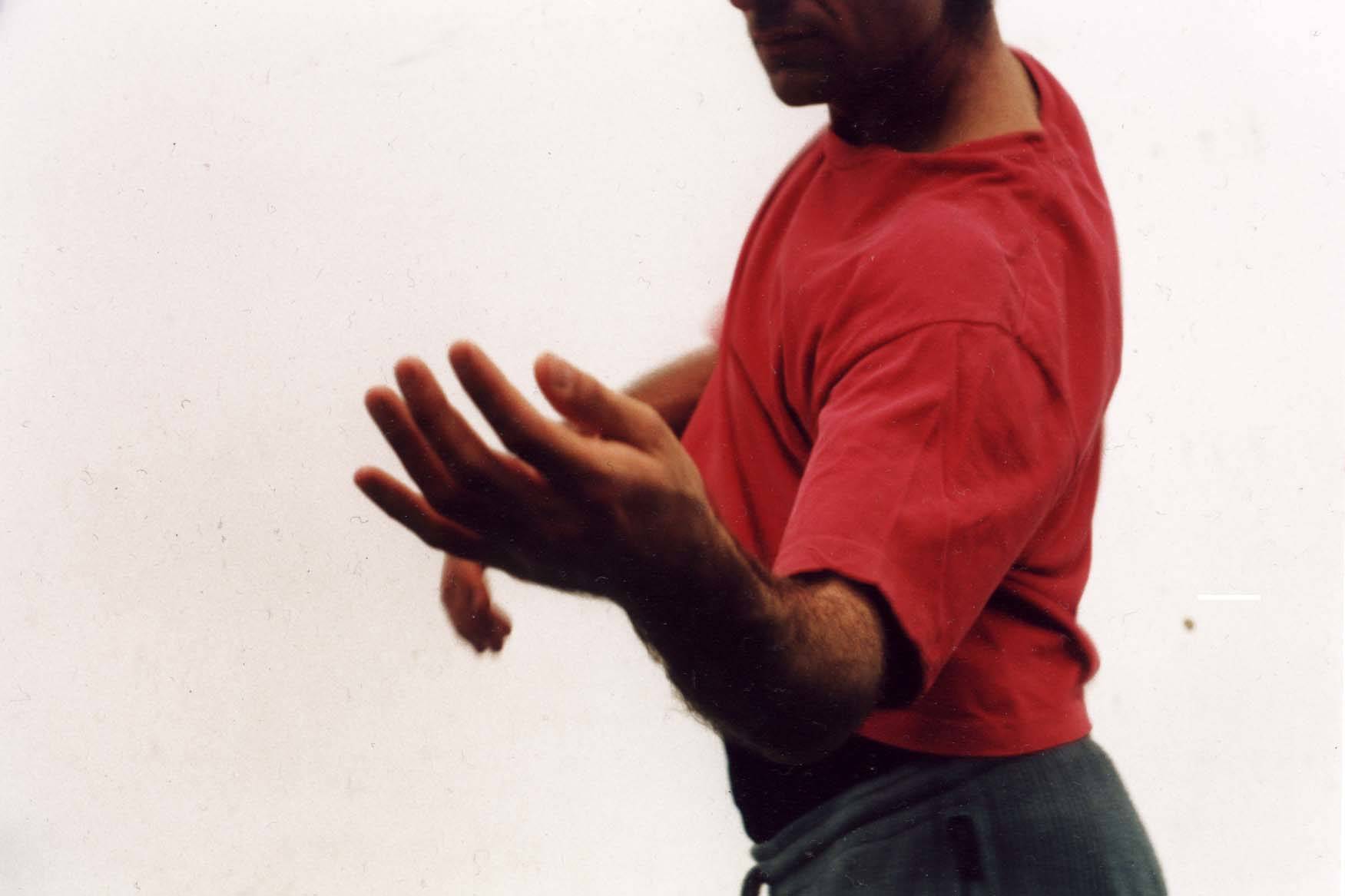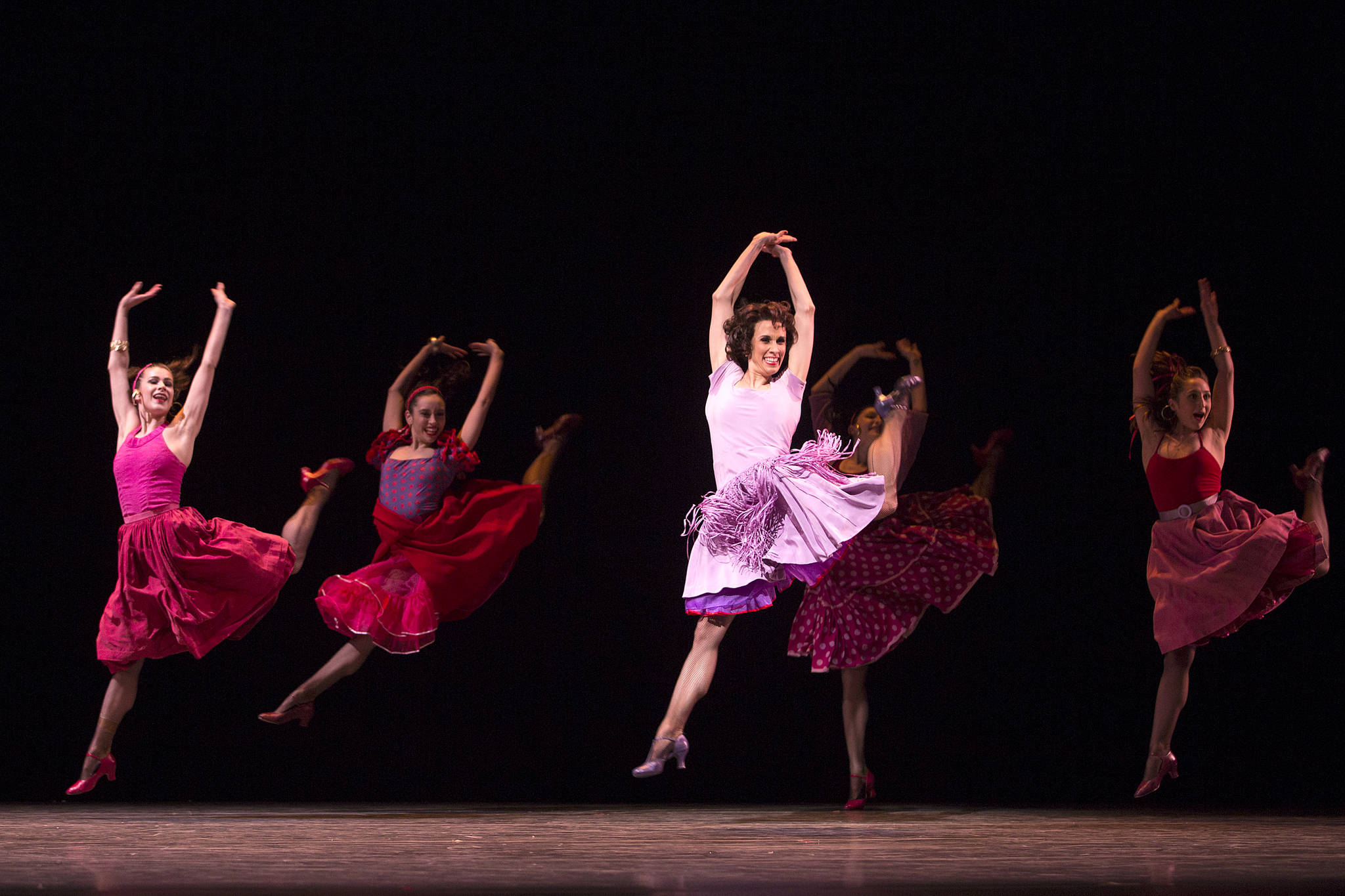Afternoon of a Faun: Tanaquil Le Clercq
Opens Fri., April 25 at Varsity. Not rated. 92 minutes.
Almost forgotten today, the name Tanaquil Le Clercq was once renowned in the dance world. Joining the New York City Ballet in the early ’50s, tall and long-limbed at a time when most women in ballet were still petite and cute, she was often called the prototype of the George Balanchine ballerina. The future seemed bright for his protege and future wife, but Le Clercq’s story took an O. Henry turn, as related in Nancy Buirski’s tragic new documentary.
From their initial “meet cute” encounter (Le Clercq was sulking in the hallway after being kicked out of ballet class), her relationship with Balanchine was complex. She was only 14 when they met (to his 39), and he was already a towering figure in their art. Yet he began making dances with her “gawky grace” as a template for the kind of dancer he wanted to develop. When they married in 1952, it seemed an extension of their work in the studio.
Polio was still a fact of life in the ’50s, and the Salk vaccine became available just as NYCB was heading out on a 1956 European tour. Most in the company were already vaccinated, but Le Clercq demurred—she didn’t want to make the long plane flight after being injected. In Denmark, she complained of feeling achy during a performance. The next morning, she couldn’t move. Balanchine was distraught, and worked tirelessly with her on physical therapy (though they divorced in 1969). Le Clercq spent the rest of her life (1929–2000) in a wheelchair.
Luckily for us, her career was flourishing when network TV still broadcast serious cultural programming. Buirski has gathered almost every clip in the archives to illustrate the dancer’s signature style, augmented by old newsreels and poignant new interviews with her surviving peers. Yet Buirski does tend to underline the tragedy too much; one montage shows various excerpts from choreography that had Le Clercq collapse or fall, set to Maurice Ravel’s doom-laden score for La Valse. We get the idea long before it’s over.
Still, Afternoon of a Faun is a chance to revisit a career that, although shortened, was still phenomenal, and to see one of the truly significant dancers of the 20th century.
film@seattleweekly.com








